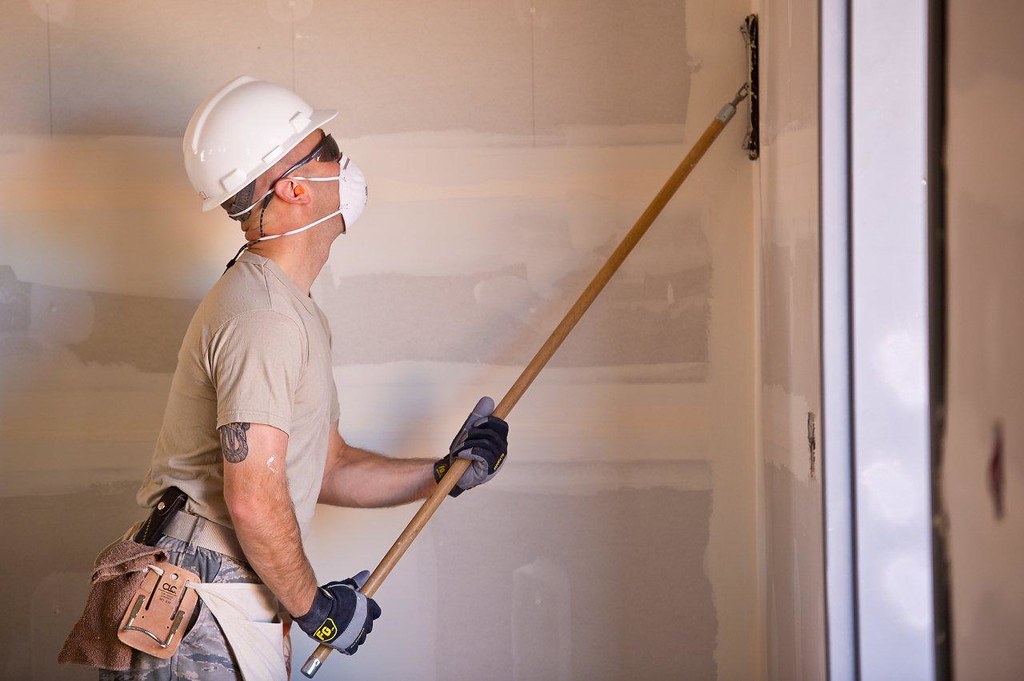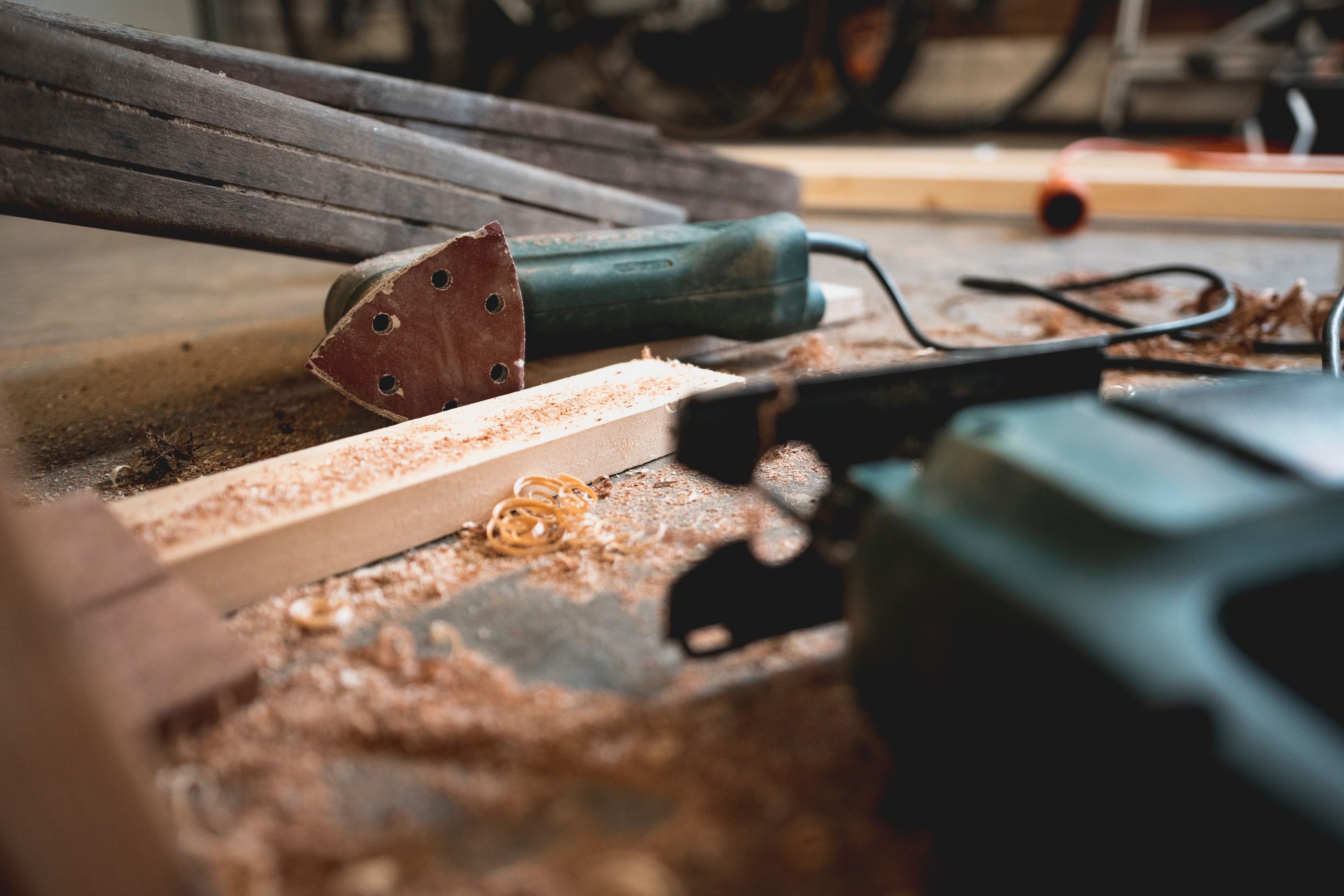
Each bank holiday brings with it a wave of fresh DIY activity, with an estimated 40% of UK residents set to carry out DIY tasks over their bank holiday weekend. Past research from Toolstation suggests that adults will spend as many as 10 hours each bank holiday weekend on tasks such as painting and decorating, building furniture, putting up shelves and gardening — but for thousands of people every year, those activities end in accident and injury.
While some DIY pros will see their plans go without a hitch, NHS data showed an 11% increase in the number of DIY-related hospitalisations occurring in the UK in 2021 compared to 2020, with almost 500 people hospitalised in the UK every single week as the result of contact with power tools and other household machinery.
It isn’t just DIY enthusiasts themselves that are getting hurt, either. 1 in every 100 admissions related to a power tool injury in 2021 was for a child aged just 0-9, highlighting how important it is to take preventative safety measures when carrying out DIY tasks, as well as being ready in the event of an accident.
Here are a few tips from one of our in-house experts, Rachel Clifford, for preventing and treating common DIY injuries so you can avoid spending your bank holiday in A&E, along with guidance to ensure the whole family stays safe when work is being undertaken around the home or in the garden.
Prevention and treatment tips

Paint, dirt and debris in eyes
Prevent: The easiest way to avoid an eye injury this bank holiday is to wear appropriate eye protection for any DIY tasks that create dust and debris, or where paint drops and liquid chemicals could be liable to splash and create a hazard. Safety goggles are cheap and hard-wearing, and help to stop unwanted debris from getting into your eyes.Treat: “Eye wash solutions are a cheap, fast way to wash unwanted particles and liquids out of an eye.” Rachel Clifford says. “If you’ve got particularly strong chemicals in your eye, such as oven cleaner or bleach, you will still need to visit A&E to be on the safe side - but rinsing your eye with saline eye wash or chemical eye wash until you get there will reduce the risk of lasting damage. Ensure that the affected eye is facing closest to the ground to avoid any particles falling into the healthy eye.
“Be aware that contact lens wearers should remove their lenses before attempting to wash their eyes, regardless of the reason for doing so.” Find out more about how to use eye wash properly here.
If something has hit your eye at very high speed, or something has pierced your eyeball, a trip to A&E to get it professionally checked will still be necessary.
General and electrical burns
Prevent: Common DIY burns include heat gun burns and hot glue gun burns — to avoid these, wear protective gloves to shield your hands and take as much care as possible when using heat-related tools. As with other types of tools, keep children and pets well away while using heat guns and hot glue guns.Electrical burns are less common, but with almost 400 people hospitalised by contact with electricity last year, they’re worth being aware of. To avoid electrical burns, turn off the electricity in your home before working with or near wires, for example when drilling into walls that could have wiring for lights and switches, or when replacing light switches and sockets. Additionally, don’t use electrical appliances near water, including in damp conditions.
Treat: “For minor burns, hold the burn under cool running water for a minimum of 20 minutes, ensuring the water is running over the burn and not directly onto the burn. For children or anyone who cannot stand for this length of time, place the burn in a bowl of cool water, ensuring the water is changed when needed to have a consistently cool temperature. Avoid using very cold water, as this may irritate the burn further.
Applying a burn gel will get rid of the heat and soothe the skin without creating further damage, which is what can happen if you submerge a burn into cold water,” says Rachel Clifford.
“Sachets of burn gel cost as little as 50p and make all the difference in avoiding pain and scarring. This is to be used sparingly and only if you do not have access to running water. While gel can ease the pain of the burn, if the burn continues to cause damage to the skin you'll need to be able to see and feel it to seek the appropriate treatment. For larger burns that are painful and show blisters or black charred skin, you will need to seek medical assistance. Wrap the burn in a non-fluffy sterile dressing (you can use clean cling-film if you don't have a first aid kit) to avoid causing additional damage.”
“When attending A&E for an electrical burn, take note of how it happened, where the burn went in and where it exited the body. This will help medical staff treat you appropriately.” Find out more about first aid specific to electric burns and shocks here.
Cuts and grazes
Prevent: Cuts are often the result of poor technique when using items like table saws and drills, where someone’s hands are too close to the item being worked on or where objects have broken off during the work and hit the DIY-er. Use guides when cutting wood with a table saw to avoid kickback, and never remove blade guards from circular saws.It’s also important to wear suitable attire such as gloves, long sleeves and trousers when undertaking any tasks that could cause flying debris, to minimise exposed flesh. People can also be injured as the result of clothing, hair or jewellery becoming tangled in rotating parts, so get rid of dangling objects that could catch and cause you to become stuck or to be pulled towards something. Tie back long hair and remove any jewellery.
Treat: “For minor cuts and grazes you should always ensure the wound is clean. If there is debris in a graze, use a sterile wipe to remove the debris, always ensuring you are wiping from the centre of the wound outwards, as this is the shortest distance from the wound to the skin. Once clean, ensure the graze is not bleeding by applying light pressure and apply a clean plaster if needed. It is the same for minor cuts; confirm that there is no debris or small shards in the cut before applying pressure. If possible, remove the debris with sterile wipes or clean tweezers, making sure that you do not cause further damage.
Once clean, apply pressure to stop the bleeding and cover with clean plaster or dressing. “Alcohol-free cleansing wipes, plasters and bandages in a range of shapes and sizes are essential elements of any home first aid kit — just remember that whoever is cleaning and dressing the wound needs to wash their hands first to avoid unintentionally causing infection.”
You can view our full range of home first aid kits here. For cuts that won’t stop bleeding, where there is a lot of blood loss or where the victim has a loss of sensation or movement near the wound site, you should get them to A&E as soon as possible, even if you have a well-stocked first aid kit available for cleaning and dressing the wound.
For additional information about when to treat injuries at home and when to go to A&E, visit NHS.uk/conditions to find injury-specific advice.
Keeping children out of harm's way

Along with the growing list of hospital admissions for children who have come into contact with power tools each year - 154 in 2021 alone - NHS data also notes that 15 children were hospitalised last year as the result of coming into contact with a powered lawnmower. Though we can’t know the exact series of events that led to this, it highlights how important it is to keep children well supervised when potentially dangerous tools and machinery are in use, and why things like lawnmowers, drills and saws should never be left unattended.
“While goggles and protective clothing go a long way to protect the person doing the DIY, it’s important to practise as much caution as possible if you’re carrying out tasks while children are nearby.” Says Rachel Clifford. “Ideally, children should be entertained and supervised in another room or an enclosed part of the garden well away from the task at hand.”
If you have teenagers who are keen to get stuck in with tasks like hanging shelves or painting ceilings, take time to run through the potential hazards that are involved before you begin. Ensure that they are fully aware of all possible risks, know the do’s and don’ts for working safely, and that they have their own safety gear where needed.
Not sure if your home first aid kit is up to scratch? Take a look at our article on what to keep in a home first aid kit, which includes a longer list of useful items along with NHS guidance.
By David Lyall
Explore more: Home first aid & safety

